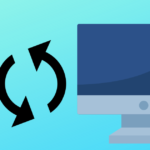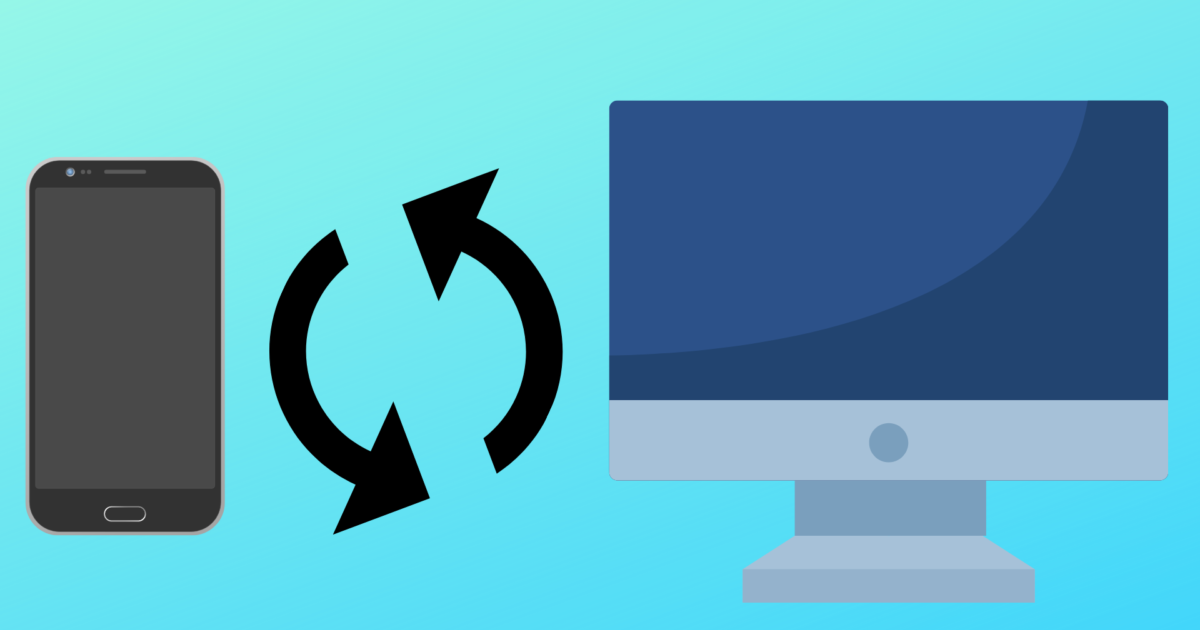Software-as-a-Service (SaaS) is one of the fastest-growing sectors in the software industry, and for good reason. This model of software delivery has revolutionized the way we use technology, allowing businesses and individuals to access powerful software applications without the need for costly infrastructure or specialized IT teams. In this article, we will take an in-depth look at the SaaS industry, including its history, current state, and future prospects.
Introduction: What is SaaS?
SaaS is a software delivery model that allows users to access software applications over the internet. Instead of downloading and installing software on their own devices or servers, users can simply log in to the application from any device with an internet connection. The software is hosted on remote servers, maintained by the SaaS provider, and accessed through a web browser or dedicated application.
Brief History of SaaS
The concept of SaaS can be traced back to the early days of cloud computing, but it was not until the mid-2000s that the model really took off. Salesforce, a customer relationship management (CRM) software provider, is widely credited with pioneering the SaaS model with the launch of its flagship product in 1999. SaaS lead generation is becoming very popular. Today, SaaS has become the dominant delivery model for many software applications, with a market share of over 60%.
The Advantages of SaaS
There are many advantages to using SaaS for both businesses and individual users. Some of the key benefits include:
- Cost-effectiveness: SaaS eliminates the need for costly infrastructure and IT teams, making software more accessible and affordable for small businesses and individuals.
- Scalability: SaaS providers can easily scale their infrastructure to meet the needs of their users, allowing businesses to quickly and easily expand their software usage as their needs grow.
- Convenience: SaaS allows users to access software from any device with an internet connection, making it easy to work remotely or on the go.
- Automatic Updates: SaaS providers are responsible for maintaining and updating their software, ensuring that users always have access to the latest features and security updates.
- Reduced Maintenance: With SaaS, businesses no longer need to worry about maintaining and updating their own software, freeing up time and resources for other tasks.
How Does SaaS Work?
SaaS works by providing access to software applications over the internet. The software is hosted on remote servers, maintained by the SaaS provider, and accessed through a web browser or dedicated application. Users typically pay a monthly or annual subscription fee to access the software, which is often priced based on usage or the number of users.
Types of SaaS
There are many different types of SaaS applications available today, ranging from productivity tools to industry-specific software. Some of the most popular types of SaaS include:
- Customer Relationship Management (CRM) software
- Enterprise Resource Planning (ERP) software
- Human Resources (HR) software
- Project Management software
- Email Marketing software
- Accounting software
Final Words
The SaaS industry has grown exponentially in recent years, and its advantages are clear. It has made software more accessible and affordable for small businesses and individuals, and its convenience, automatic updates, and reduced maintenance make it an attractive option for many. However, challenges such as security and data privacy, integration, and pricing models must be addressed. With the ever-increasing demand for software solutions, the SaaS industry is poised for continued growth and innovation, and we can expect to see exciting developments in the coming years.










